Marketing Terms You Should Know in Alphabetical Order
People involved in the marketing industry have a lot of marketing terms they must understand. Marketing, by itself, is a pretty broad topic after all. Marketing terms are already plenty at this very second, and as time goes on, you can expect it to further rise in numbers.
In this article, a few relevant marketing terms are listed alphabetically with their respective definitions to help you out in your marketing journey! These may not be the entire marketing dictionary, but understanding these words is a massive boost to your marketing IQ!
Account-Based Marketing

Account-based marketing is a marketing strategy wherein the marketing team focuses on specific accounts within a market. The marketing team pours all its resources toward these specific accounts.
This marketing strategy creates personalized content for the said specific accounts, basing all marketing messages on the respective needs of each said account.
Ad Network
Ad Network or Advertising Network aggregates ad inventory from multiple sources on the supply side of an ad exchange and pairs them with sources on the demand side looking for ad slots to fill in. In simple terms, ad networks serve as the ad matchmakers in the world of app marketing!
Some notable examples of Ad Networks are Google AdSense, AppLovin, and Adcash.
Banner Ads
Banner Advertising is when you use creative graphic digital displays to endorse a brand and/or get people to be curious and click the ad. Once people click the ads you set, they will be sent to your store’s landing page.
Banner ads have a rectangular-shaped appearance that stretches across certain parts of a website or even social media pages.
Blog Post
Blog posts are any article, piece of news, or guide that is published on the website. These posts usually answer queries or provide information about a certain topic. Blog post links are usually copied on multiple platforms and websites to re-share said posts with other people.
In today’s age, the creation of blog posts has become more refined. Quality, relevant, entertaining, and timely blog posts are created to increase website visitors.
Bounce rate
Bounce rate is single-page sessions divided by the entire sessions or the percentage number of all sessions on your website in which users viewed only one page and triggered only one request to the Analytics server.
A good bounce rate percentage is somewhere in the middle of 26% and 70%. The range considered to be optimal is 26% and 40%.
Brand awareness
Brand awareness is considered to be a general term that is used to describe the consumer’s degree of familiarity with your brand and/or its products/services. Brand awareness is basically the measurement of how recognizable or noteworthy your brand is to the target audience.
Increasing brand awareness is one of the goals of marketing activities because increasing brand awareness gives off a positive impact on the company/organization as a whole. With brand awareness increased: potential customers are attracted to the business, existing customers stay with you and there is an increase in overall sales!
Buyer Personas
The buyer persona is a semi-fictional representation of what a company considers to be an ideal customer. Buyer personas are developed through thorough market data and research about existing and potential customers.
The intent of creating buyer personas is to have a vivid picture of who the customers are, what they tend to do, what are their buying motivations, and what are their overall goals.
Buying Process
The buying process is a set of specific stages that a buyer goes through as they evaluate and compare different companies, brands, products, and/or services.
Understanding the buying process allows you to guide customers better throughout the buying process, which if done properly, may ultimately lead to closing deals and even gaining/retaining customers.
Click-through Rate (CTR)
Click-through rate is basically the percentage of impressions that resulted in a click. A good click-through rate is between 2-5%.
To solve the click-through rate, you simply have to divide the number of clicks by the number of impressions.
Content Management System (CMS)
Content Management Systems (CMS) is software that helps end-users to create, manage, and modify content on a website without the need to learn specialized technical knowledge to perform the said process.
Examples of Content Management Systems are WordPress, Drupal, Sitecore, and TYPO3.
Content Marketing
Content marketing is a marketing strategy wherein target audiences are presented with relevant articles, videos, newsletters, social media posts, podcasts, and other media to keep them attracted and entertained.
Conversion Rate Optimization (CRO)
Conversion rate optimization (CRO) is the process of increasing the conversion rate from a website or mobile application. This optimization process can be done by generating ideas of improvement for the elements on your site or application and validating these ideas through A/B testing and multivariate testing.
Cross-channel
Cross-channel is defined as a strategy or process which occurs across multiple mediums of communication. Cross-channel marketing allows increased engagement, achieving high data quality for better marketing insights, creating a stronger brand and better customer relationships, and more.
Customer Acquisition Cost (CAC)
Customer Acquisition Cost (CAC) is the total cost in sales and marketing that a business incurs per new customer brought in. Understanding the customer acquisition cost allows businesses to improve resource optimization to increase profit margins.
The formula for getting the customer acquisition cost is the cost of sales and marketing divided by the number of new customers acquired by the business.
Customer Journey
The customer journey is the overall experience a customer goes through when associating with a certain company or brand. Studying and understanding the customer journey is an effective way to relate to the customer and improve your processes due to the fact that you are studying the entire journey as a whole and not just mere phases or stages of the entire experience.
Customer Lifetime Value (CLV)
Customer lifetime value is the total amount of money that a customer is expected to spend with your business, products, or services during the lifetime of an average business relationship.
Customer lifetime value can be calculated by multiplying your customers’ average purchase value, average purchase frequency, and average lifespan of the customer.
Customer Marketing
Customer marketing is the process of improving the overall customer experience to improve customer retention and clientele growth. Successful customer marketing practices commonly involve segmenting your audience, engaging with customers effectively, and some other practices that promote customer loyalty to your business’ products and/or services.
Customer Relationship Management (CRM)
Customer relationship management is the process of managing the interactions of the business with every existing and potential customer throughout the entire sales process.
Thanks to modern technology, CRM software is developed. This software and technology are used to help businesses to handle data about customer information to improve customer relationship management. Examples of CRM software are HubSpot, Zendesk, Salesforce, ActiveCampaign, and more.
Digital Marketing
Digital marketing is the process of performing marketing functions through digital channels.
With the rise of modernization, people have become more active on the Internet. This event has led to traditional marketing practices being quite obsolete and digital marketing becoming more relevant. Some types of digital marketing are search engine marketing, search engine optimization, email marketing, marketing analytics, and more.
Email marketing
Email marketing is a type of digital marketing that uses email to promote your business’ products and/or services. A few good practices in email marketing are personalizing your messages, automating email campaigns, connecting with social media, optimizing your subject lines, using segmentation, and more!
Google Ads

Google ads is a paid online advertising platform which is developed by Google. In Google ads, you can promote your business, help sell products and/or services, raise brand awareness, and increase the overall traffic to your website.
Inbound Links
Inbound links, also known as backlinks, happen when another website links back to your own website. Inbound links are considered to be a very good search engine optimization practice.
If multiple websites backlink to your website, Google then considers your website to have high-quality content which may increase the probability of your website ranking higher in search engine results pages.
Inbound Marketing
Inbound marketing is a strategic approach to creating content that is highly valuable and aligns well with the needs of your target audiences. Inbound marketing must also be founded on the intent of inspiring long-term customer relationships.
Inbound marketing is technically designed to pique the interest and curiosity of new customers, which is why it is also known as “pull marketing“.
Key Performance Indicator (KPI)
Key performance indicators are data that have been collected, analyzed, and summarized to aid in the decision-making processes. Key performance indicators can also be defined as a set of quantifiable measurements used to measure a company’s overall performance on a long-term basis.
The value of key performance indicators is their capability to quantify marketing outputs and results, allowing accurate and comparable information to be within a company’s grasp.
Keyword Research
Keyword research is the process of analyzing and finding search terms that people type in on the web browsers of the search engines.
If the keyword research is done properly, businesses may use the commonly used search in their search engine optimization or general marketing practices
Landing Page
Landing pages are a digital marketing term that is actually a standalone web page. This standalone webpage is created specifically for the purpose of marketing or advertising activities.
Say for example a web user clicks on an email, advertisement, or any digital location, the page these web users “land” on is what you can consider a landing page.
Marketing Analytics
Marketing analytics is the practice of using data to evaluate overall marketing effectiveness and success rate. Through marketing analytics, a business can: have a deeper grasp of consumer insights, optimize marketing objectives, and ultimately get a higher return on investment (ROI).
Software tools that can aid you in performing marketing analytics are Google Analytics, MixPanel, and Heap Analytics.
Marketing Automation
Marketing automation is wherein a business uses software to run daily and routine marketing functions without the need for human interaction.
Marketing automation is one of the modernization’s gifts to mankind. Thanks to this, the marketing teams can invest their effort and time in other tasks that need their attention without sacrificing the quality performance of daily and routine marketing functions.
Marketing Campaign
Marketing campaigns are sequences of marketing steps and activities strategically put together to promote a business’s products/services.
Marketing campaigns require an investment of time, effort, and business resources which means that the business must thoroughly plan the campaign before implementing and consistently assessing the marketing campaign’s effectiveness.
Marketing Research
Marketing research is any sort of technique used by a company to gather information and better understand the market, in which the company is involved in, better.
Marketing research can be done for the purposes of product design, improvement of marketing strategies, development of a better customer experience, and more!
Marketing Strategy
A marketing strategy refers to the overall plan of a business for reaching prospective clients and turning them into actual customers for their products or services. Marketing strategies have many factors to consider including brand position, culture, business status, customer demographics and etc.
Meta Keywords
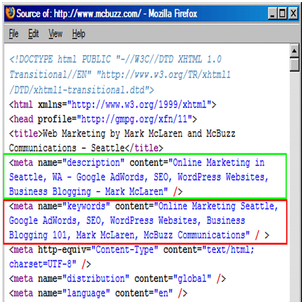
Meta keywords are meta tags that you can use to give search engines more useful information about what a page contains. Meta keywords are found on the webpage’s HTML source code. These are not visible to the website visitors.
Paid Search
Paid search is a type of digital marketing strategy wherein digital marketers or the website owner pays search engines to rank higher on relevant search engine results pages (SERPs). The end goal here is to drive more traffic, inorganic traffic to be exact, to your own website which increases the chance of an actual sales transaction to occur.
Product Marketing
Product Marketing is the science and art of defining the position of your product and/or service in a specific market and getting them to the customers who will avail it. Being able to specifically define your position in the market allows you to target the right people faster and increase the chances of closing deals with lesser idle time.
Software as a Service
Software as a Service, or SaaS, is the method of software delivery and licensing. The software is accessed online and the consumer’s payment method is through a subscription.
Common examples of Software as a Services are Dropbox, Salesforce, and Google Workspace.
Sales Cycle
The sales cycle is the repeatable and technical process that people who work in sales follow. Every company has its own version of a sales cycle. However, the most common sales cycle phases would be: lead prospecting, contacting potential customers, qualifying customers, product presentation, overcoming objections, the closing of sales, and referral generation.
Sales Enablement
Sales enablement simply means training your sales representatives to sell. Sales enablement may come in the form of coaching the sales representatives individually, educating them through training and certifications, letting them experience sales events like sales kickoffs, and more!
Sales enablement requires patience and high interpersonal skills. However, if done properly, will result in increased sales and revenues for your business in the long run!
Sales Funnel
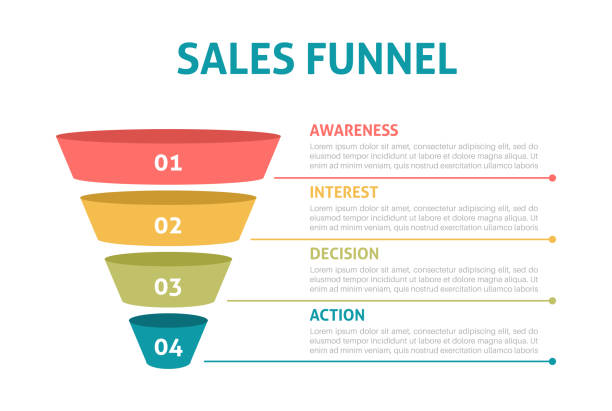
A sales funnel is a marketing term used to describe the journey that potential customers go through from prospecting to actual purchasing activity. Every sales funnel is unique due to the fact that the number of steps a sales funnel may have depends on a company’s sales model.
Sales Qualified Lead (SQL)
Sales Qualified Lead (SQL) is a potential new customer that has been researched thoroughly and vetted, first by a business’ marketing department and then by the sales team, and is deemed ready for the next stage of the sales cycle.
Search Engines
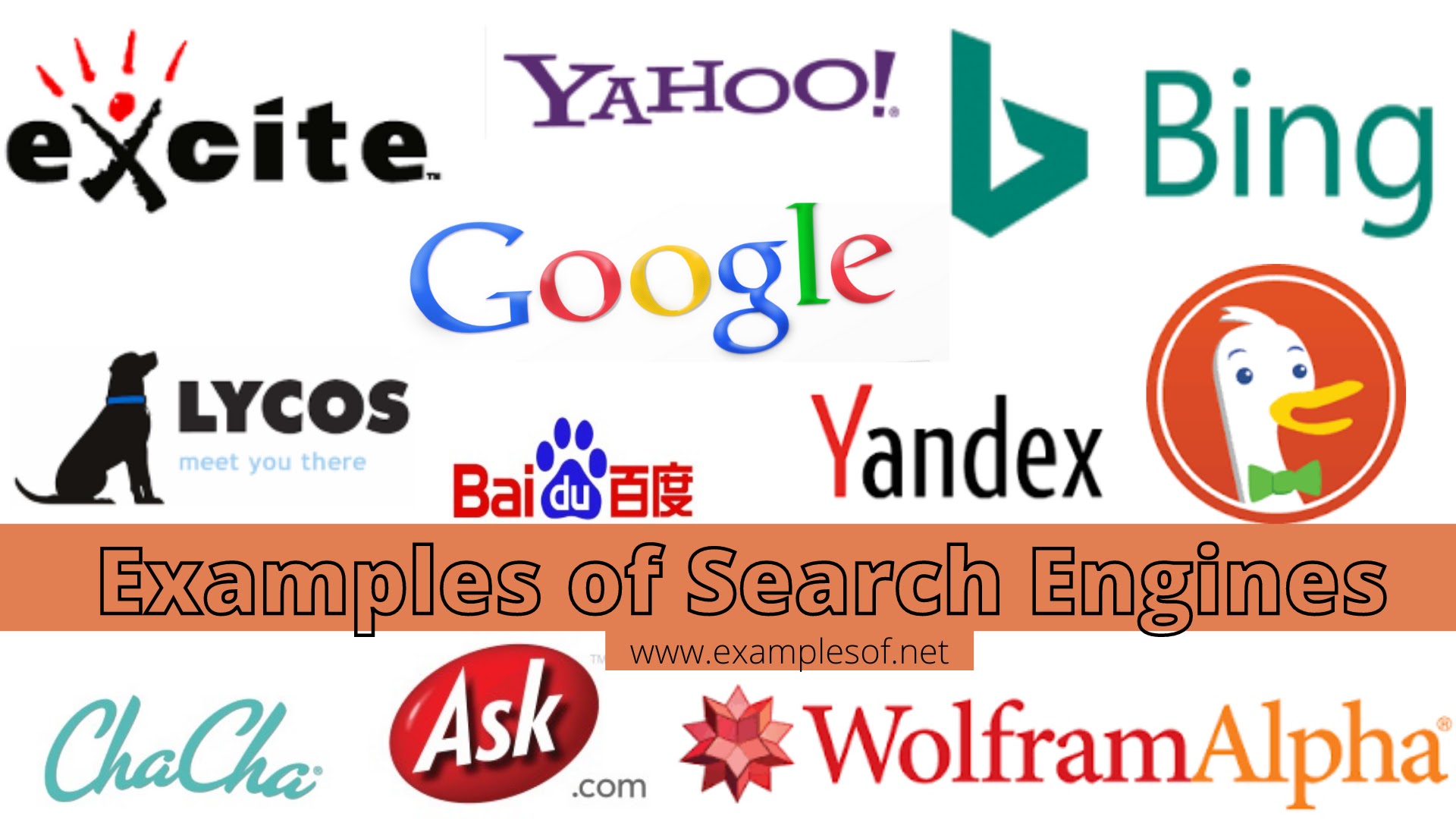
Search engines are programs that web users use that searches and identify items in a large database that correspond to the keywords or characters specified by the web user.
Search engines use “web crawlers” to assist in indexing every single website across the web. This is the reason why finding information across the web, using these search engines, happens so quickly and systematically.
Search Engine Optimization (SEO)
Search engine optimization (SEO) is one of the many digital marketing terms that website owners are now very familiar with. SEO is basically optimizing every aspect of your website so that your website ranks higher in Search engine results pages (SERPs).
Good search engine optimization practices include reducing the website loading time, improving overall user-friendliness, creating high-quality website content, and more!
Search Engine Results Page
Search engine results pages (SERPs) are the web browser’s response to a web user’s search query. Search engine results in pages usually include paid ads, organic search results, featured Snippets, Knowledge Graphs, and even video results.
Social Media Marketing
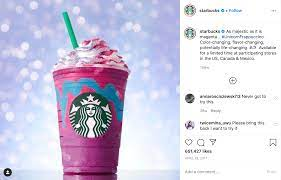
Social media marketing is a type of digital marketing that focuses on performing marketing functions on social media platforms. Due to the rise of people who are using social media nowadays, it is only logical that today’s marketing efforts be placed on social media channels.
Social media marketing can be done by creating high-quality social media posts, constant interaction with social media followers, paying social media influencers for endorsements, and more.
Target Customers
Target customers are people who are most probably going to buy your products or avail of your services. These people are the ones who are most worth implementing marketing strategies on due to the fact that they have a higher probability of actually committing to an actual sales transaction.
Being thorough in how you define your target customers not only increases marketing effectiveness but also helps you to reduce wasted time and resources throughout your marketing campaigns.
Tracking Code
Tracking code is a JavaScipt code snippet that tracks the activity of a website user by collecting data and then sending it to the analytics module. Tracking codes are generated automatically and are unique for each website.
It is also relevant to note that the racking code has to be specifically installed on each page you want to track.
Uniform Resource Locator (URL)
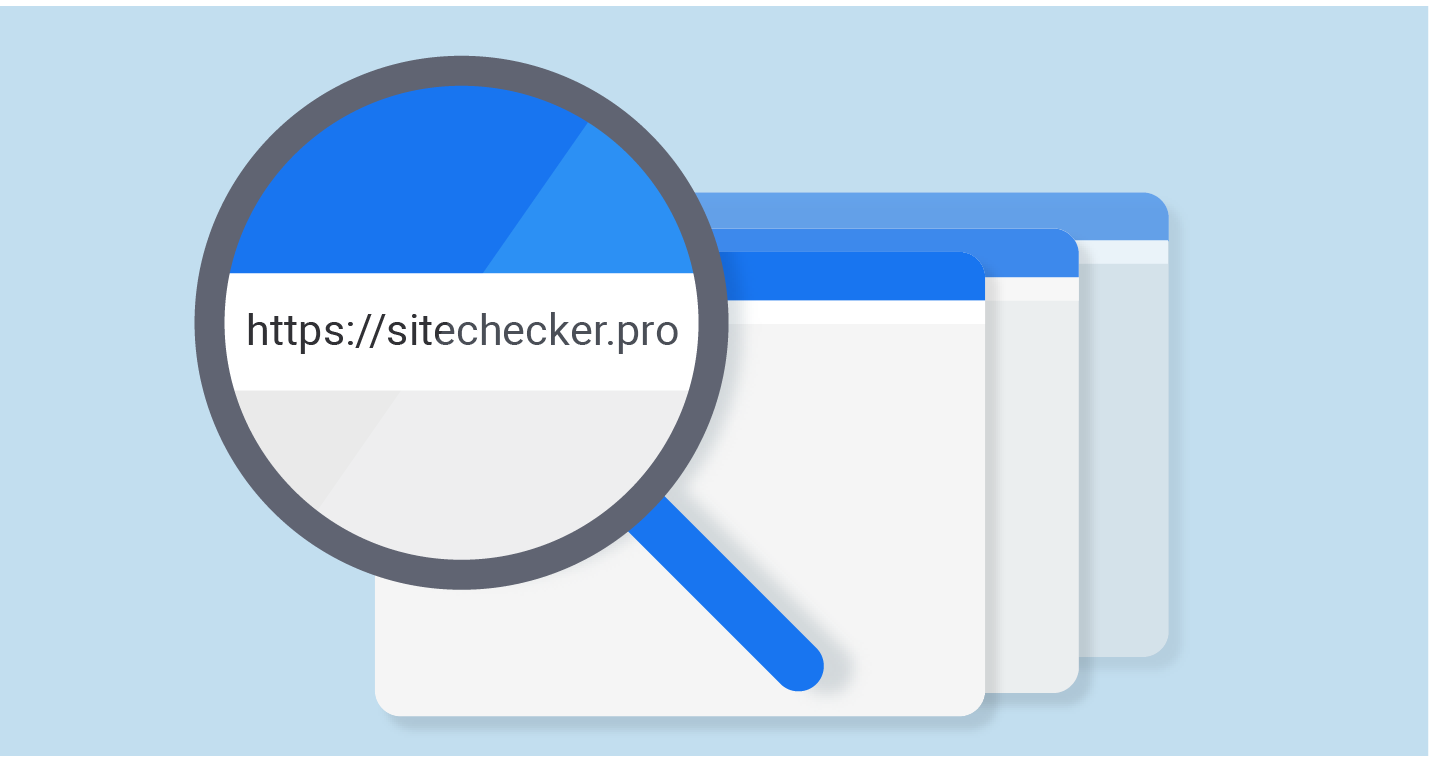
User Experience (UX)
Buying a product encompasses more than just getting an item or service, Great businesses take pride in the distinct great “experience” the buyers will get if they choose to use their (the business) product/services.
User experience is about all the aspects of the end-user’s interactivity with the company, its products, and/or its services.
Website Conversion Rate
Website conversation rate is defined as the percentage of users who take a desired action. The best example of conversion rate is the percentage of people who visits your website page and actually buy/avail of a product/service.
The formula for the conversion rate is taking the total number of conversions and dividing that number by the total ad interactions which can be reached to a conversion during the same time period.
Web Page
According to Oxford Languages, web pages are hypertext documents on the World Wide Web.
To further elaborate, a web page is a simple document displayed by a browser. Said documents are written in HyperText Markup Language (HTML).
Standalone Web Pages are types of web pages that have their own domain, server space, design, and own content. If a standalone web page crashed or was ever hacked, the problem would only cause an issue for itself.
Web Server
A web server is a computer system that is capable of delivering content on the web to the end users over the internet via a web browser.
Examples of web servers are Apache HTTP Server, Microsoft Internet Information Services (IIS), and Sun Java System Web Server.
Website Traffic
Website Traffic refers to the web users that chose to visit a specific website. Website traffic is best measured in the number of visits.
Website Traffic has two types: Organic and Inorganic Traffic.
Organic Traffic is web users that chose to visit your website due to digital marketing practices that did not involve paid strategies.
Inorganic Traffic, on the other hand, is the traffic generated due to paid ads and other paid strategies.

… [Trackback]
[…] Find More on on that Topic: shanehummus.com/digital-marketing/marketing-terms/ […]
… [Trackback]
[…] Here you can find 3325 more Info on that Topic: shanehummus.com/digital-marketing/marketing-terms/ […]
… [Trackback]
[…] Read More on that Topic: shanehummus.com/digital-marketing/marketing-terms/ […]
… [Trackback]
[…] Here you can find 19727 more Info on that Topic: shanehummus.com/digital-marketing/marketing-terms/ […]
… [Trackback]
[…] Information on that Topic: shanehummus.com/digital-marketing/marketing-terms/ […]
… [Trackback]
[…] Info on that Topic: shanehummus.com/digital-marketing/marketing-terms/ […]
… [Trackback]
[…] Read More here to that Topic: shanehummus.com/digital-marketing/marketing-terms/ […]
… [Trackback]
[…] Find More on that Topic: shanehummus.com/digital-marketing/marketing-terms/ […]
… [Trackback]
[…] Read More Information here on that Topic: shanehummus.com/digital-marketing/marketing-terms/ […]
… [Trackback]
[…] Find More on that Topic: shanehummus.com/digital-marketing/marketing-terms/ […]
… [Trackback]
[…] Find More on that Topic: shanehummus.com/digital-marketing/marketing-terms/ […]
… [Trackback]
[…] There you can find 65755 additional Information on that Topic: shanehummus.com/digital-marketing/marketing-terms/ […]
… [Trackback]
[…] Find More Information here on that Topic: shanehummus.com/digital-marketing/marketing-terms/ […]
… [Trackback]
[…] Read More on that Topic: shanehummus.com/digital-marketing/marketing-terms/ […]
… [Trackback]
[…] Here you will find 33791 more Info on that Topic: shanehummus.com/digital-marketing/marketing-terms/ […]
… [Trackback]
[…] Read More on to that Topic: shanehummus.com/digital-marketing/marketing-terms/ […]
… [Trackback]
[…] Information on that Topic: shanehummus.com/digital-marketing/marketing-terms/ […]
… [Trackback]
[…] Information on that Topic: shanehummus.com/digital-marketing/marketing-terms/ […]
… [Trackback]
[…] Information to that Topic: shanehummus.com/digital-marketing/marketing-terms/ […]
… [Trackback]
[…] Read More on that Topic: shanehummus.com/digital-marketing/marketing-terms/ […]
… [Trackback]
[…] Information on that Topic: shanehummus.com/digital-marketing/marketing-terms/ […]
… [Trackback]
[…] There you will find 36715 more Information on that Topic: shanehummus.com/digital-marketing/marketing-terms/ […]
… [Trackback]
[…] Read More Information here to that Topic: shanehummus.com/digital-marketing/marketing-terms/ […]